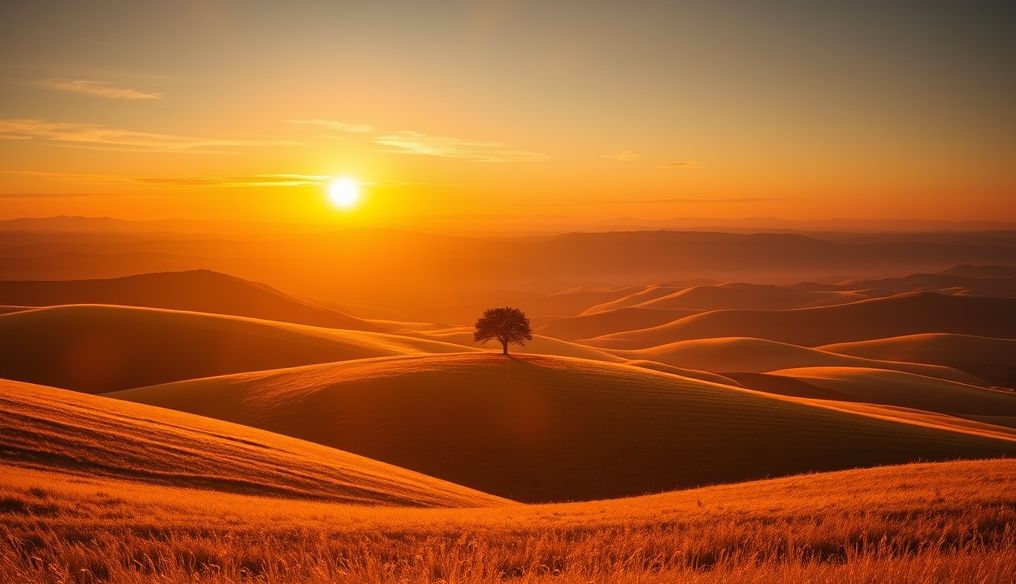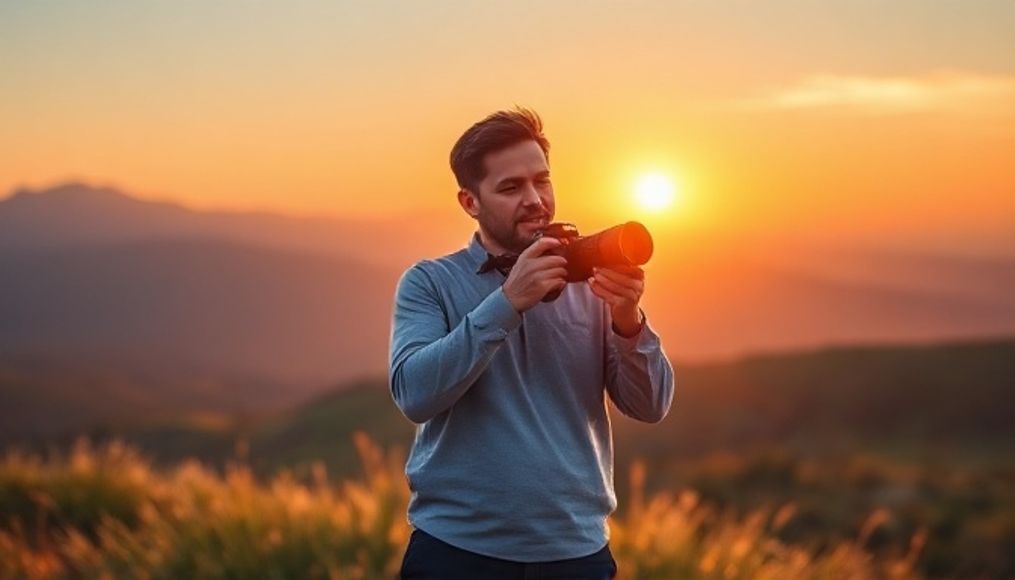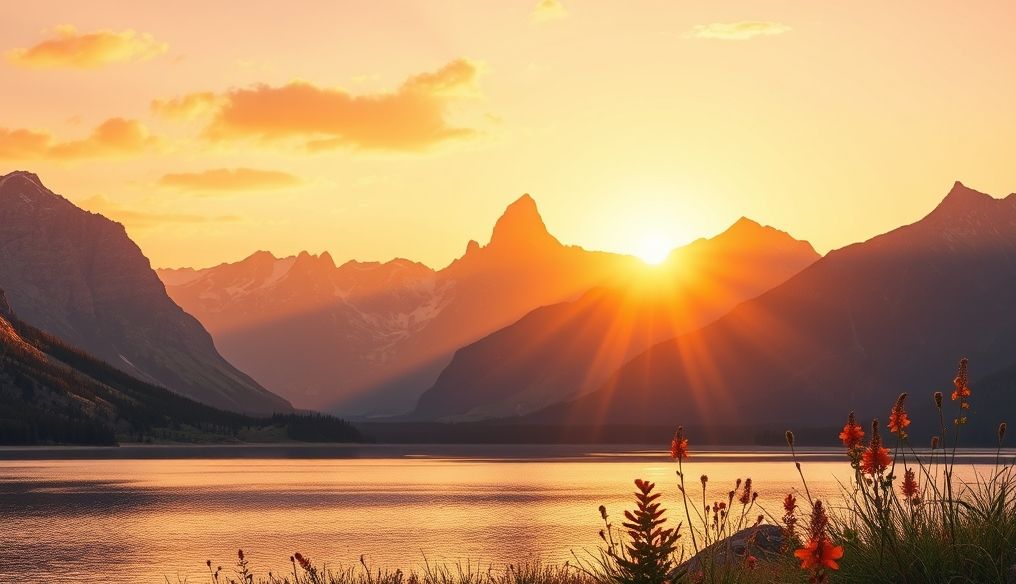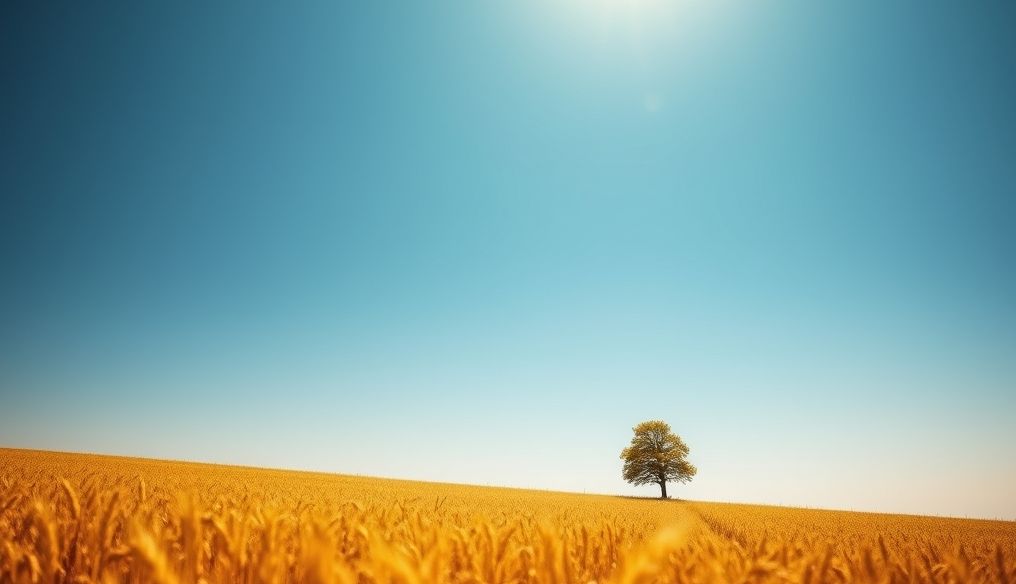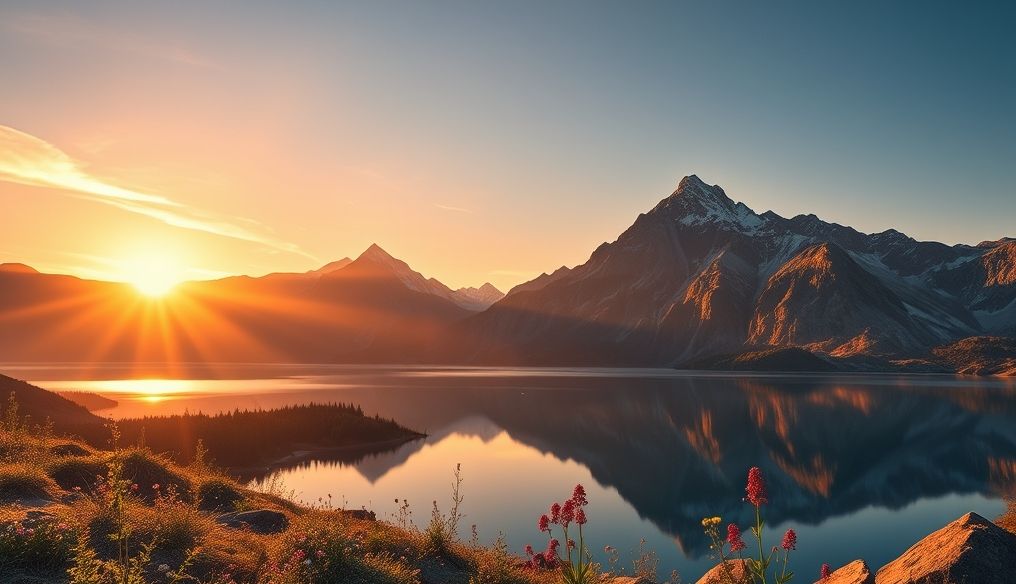What are the best times of day for photography in natural light?
Natural light is the foundation of stunning photography. Understanding how light works and how it affects your images can transform your shots from ordinary to extraordinary. In this article, we'll explore the best times of day to take advantage of natural light and offer practical tips to make the most of it.
1. Golden Hour: The Magic of Sunrise and Sunset
The golden hour, which occurs shortly after sunrise and shortly before sunset, is the period when the light is warm, soft, and diffused at a low angle. This creates long, soft shadows and adds a golden warmth to images. The golden hour is ideal for landscape photography, portraiture, and even product photography.
Tips for the Golden Hour:
- Plan Ahead: Know the sunrise and sunset times in your location.
- Use a Reflector: To fill in harsh shadows.
- Experiment with Different Angles: For varied lighting effects.
2. Blue Hour: The Serenity Before Night
The blue hour is the period just before sunrise and just after sunset. During this time, the light is a soft blue, creating a serene and dreamy atmosphere. The blue hour is ideal for urban landscapes and dramatic portraits.
Tips for the Blue Hour:
- Use a Tripod: Due to the low light.
- Adjust White Balance: To capture the desired blue hue.
- Look for Illuminated Elements: Such as streetlights or lit windows.
3. Midday Light: The Challenge of Direct Sunlight
Midday light, when the sun is at its highest point, is often considered the worst time for photography. The light is harsh and direct, creating dark shadows and reducing detail. However, midday light can be managed with a few techniques.
Tips for Midday Light:
- Find Shade: Shoot in the shade to avoid direct sunlight.
- Use a Diffuser: To soften the light.
- Shoot in Black and White: To mask lighting imperfections.
4. Cloudy Days: Photography's Blessing
Cloudy days can be ideal for photography. Clouds act as a natural diffuser, creating soft, even lighting. This is perfect for portraiture, landscapes, and even product photography.
Tips for Cloudy Days:
- Take Advantage of the Even Lighting: For balanced images.
- Focus on Colors: Colors can appear more vibrant in soft light.
- Experiment with Different Compositions: As shadows will be less prominent.
5. Early Morning Light: The Start of a New Day
Early morning light, just before the golden hour, is soft and tranquil. This time is ideal for capturing serene landscapes and delicate portraits.
Tips for Early Morning Light:
- Wake Up Early: To catch the best light.
- Look for Fog: Fog can add a mysterious atmosphere to images.
- Use a Wide-Angle Lens: To capture vast landscapes.
6. Late Evening Light: Farewell to the Sun
Late evening light, just after the golden hour, is warmer and more dramatic. This time is ideal for capturing rich landscapes and powerful portraits.
Tips for Late Evening Light:
- Use a Neutral Density Graduated Filter (ND Grad): To reduce the contrast between the sky and the ground.
- Look for Rich Colors: Colors can appear more intense in warm light.
- Experiment with Long Exposure: To capture the movement of clouds or water.
7. Indoor Photography with Natural Light
Natural light can also be used indoors. Consider the window's location, size, and direction. A large north-facing window can provide soft, even lighting, while an east or west-facing window can create more dramatic lighting.
Tips for Indoor Photography with Natural Light:
- Use a Reflector: To fill in shadows.
- Position the Model Near the Window: For the best light.
- Avoid Shooting Directly at the Window: To avoid overexposure.
8. Understanding Light Direction: The Key to Stunning Photos
The direction of light is one of the most important factors that affects the appearance of images. Light can come from the front (front lighting), from the side (side lighting), or from the back (backlighting). Each direction has a different effect on the image.
Types of Light Direction:
- Front Lighting: Reduces shadows and creates a flat image.
- Side Lighting: Creates dramatic shadows and highlights texture.
- Backlighting: Creates a silhouette or halo effect.
In conclusion, understanding the best times of day for photography in natural light is key to capturing stunning images. By planning ahead, using the right equipment, and experimenting with different angles, you can capture professional-quality photos at any time of day.
